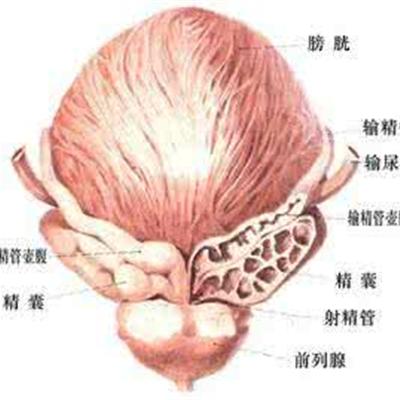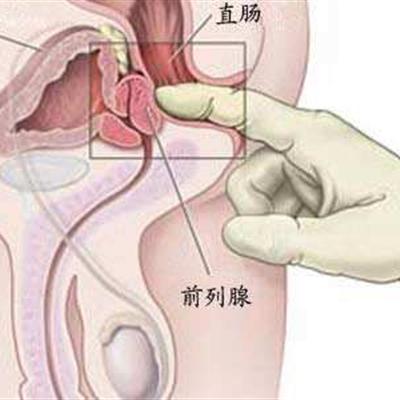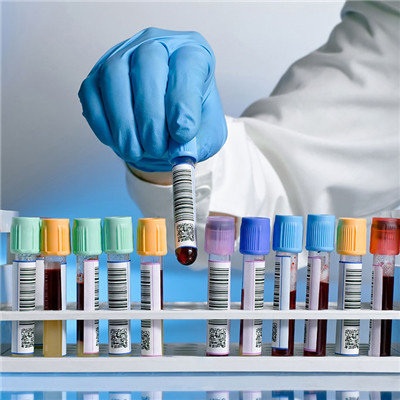How is hydrocele treated
summary
The treatment principle of hydrocele is that the cyst with small volume, low tension and asymptomatic need not be operated in a hurry. Especially for infants under one year old, it is still possible for them to disappear by themselves. But for the large volume, high tension, because it can affect the testicular blood circulation, leading to testicular atrophy, it should be timely surgical treatment. At present, there are mainly two methods for the treatment of hydrocele.
How is hydrocele treated
First: sclerotherapy: as early as in the 18th century, guy used the first injection of grape wine to treat hydrocele. Since then, there have been reports of injection of quinine, urea, sodium morrhuate and other drugs in the treatment of hydrocele. It was only after kilbotlerne and Murray reported their experience in the treatment of hydrocele with sclerotherapy in 1933 that they began to be widely used in clinic. In 1975, Maloney made a prospective comparative study of surgery and sclerotherapy in the treatment of hydrocele. The results showed that sclerotherapy was superior to surgery. In 1985, Baker used tetracycline as sclerotherapy for the first time in the treatment of hydrocele of tunica vaginalis. In 1988, Levine applied tetracycline sclerotherapy to 25 cases of testicular hydrocele with a volume of 20-780 ml. the success rate was 93%, and the success rate was 75% at one time. Some patients needed to be treated 2-3 times. In 1989, Li Lei reported 41 cases of hydrocele treated with tetracycline. The success rate was 97.6%. There was no complication.

Second: surgical treatment: if the cyst is swollen and the tension is high, it may affect the testicular blood supply and testicular development. Operation is the main method for the treatment of hydrocele. During the operation, the tunica vaginalis should be opened and the tunica vaginalis should be turned over. For communicating hydrocele, the sheath process should be ligated in high position. In order to prevent the formation of scrotal hematoma, hemostasis and drainage with rubber membrane should be carefully performed.

Third: the effect of tetracycline in the treatment of hydrocele of tunica vaginalis may be due to the obvious cellular reaction caused by the low pH of the solution, leading to fibrous hyperplasia and adhesion of tunica vaginalis. It is not clear whether these tissue reactions will cause long-term damage to the developing testis of children. It is difficult to achieve the goal of cure by simple puncture drainage and injection sclerotherapy. In 1995, Ruan Yuanfeng reported 3 cases of testicular necrosis in children caused by intrathecal injection of tetracycline.

matters needing attention
Postoperative recurrence: hydrocele is rarely found after surgical treatment. We analyzed the recurrent cases of testicular hydrocele after operation. It is considered that the main reason for recurrence is that congenital hydrocele was misdiagnosed as simple hydrocele of testis, and the operation of testicular hydrocele was performed without high ligation. The continuous outflow of peritoneal fluid promotes epithelial cell regeneration and recurrence. Other or because of multilocular testicular hydrocele can not be removed and recurrence is a small number.















